Transcendental Art of Tibet
Synopsis
The Transcendental Art of Tibet by Prof. Lokesh Chandra traces the evolution of the vast Buddhist pantheon in India and Tibet, characterises the morphology of outstanding divinities and describes around seventy Tibetan thanka scrolls. The volume comprises three sections: theogony, theophany and scrolls. The form is elemental in Buddhism. The icon is substantial nothingness, an impelling for philosophic imagination, the power of the creative worshipped in many locales, interfused with endless multiplication, inspired by the gloom of the forest, the darkness of the cavern, the flow of rivers and fountains, arborescent earth and luminous heaven. The tangled web of multiplicity of Buddhist divinities weave several strands in a many-coloured veil of mythology. Popular worship and exogenous influences become nuclei for new sutras to breathe attributes of awe and majesty to interpenetrate human life. The external form is the active symbolisation of the pure, substantive, infinite energy of the within. It is the psychology of horizons, the desire to flow into contemplation, and the energy to gallop into form, into iconography. The earliest phase of Buddhist iconography is the representation of scenes from the life of Sakyamuni and his earlier incarnations (the Seven Buddhas), the subsequent history of the division of the relics and their further distribution by Asoka. The earliest iconographic achievements can be viewed under three heads of the representation of : (i) events centering around Lord Sakyamuni, (ii) the eternalisation of Buddhism in the Jatakas, (iii) and the internalisation of the prevalent cults of yaksas into Buddhist caityas. The reliefs at Bharhut and Sanchi represent the Jatakas. Thus one of the early expressions of Buddhist art was the Jatakas. They sought to convey to the new evolving Buddhist order that the Dharma of Sakyamuni is eternal, sanatana, rooted in a remote time. Sakyamuni had lived hundreds of lives, before he became the Buddha. It was the Art of Eternalisation. The section of theogony deals with the formative processes of eternalisation, interiorisation, apotheosis of concepts, naimittika divinities for specific purposes like health or wealth, groupings, representation of historical personages, phototropic and erototropic divinities of the outer and inner tantras, assimilation of local deities : All this led to the continuing emergence and dissemination of new deities. These Buddhist deities became the divine imagination of forms and visualisations in the search of a beside and a beyond. Their materialisation into a scroll, a bas-relief, a sculpture in a templum rousing the inner being inducted the hierophant into the innermost mindscape. The book describes at length the visual characteristics and the envisioned symbols of the foremost Buddhist deities beginning with the Goddess of Eight Auspicious Emblems (Asta-mangala-devi), Sakyamuni and his sixteen apostles (Arhats), Maitreya, Amitabha, Vairocana, Kalacakra, and others, the indigenous Dpal-Idan-Lha-mo, Red Tsihu, Begtse, Pehar, and great masters like Padmasambhava, Ma-gcig Labsgron-ma, Tsonkhapa and a multitude of others. About seventy full-page coloured plates provide an awareness that melts.
Read more
84.60
76.14
$
94.00 $
Free delivery Wolrdwidе in 10-18 days
Ships in 1-2 days from New Delhi
Membership for 1 Year $35.00
Get it now and save 10%
Get it now and save 10%
BECOME A MEMBER

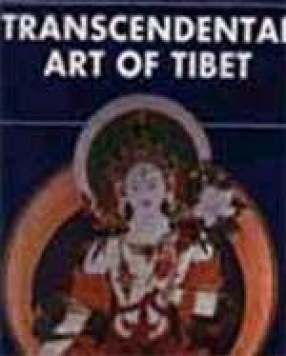
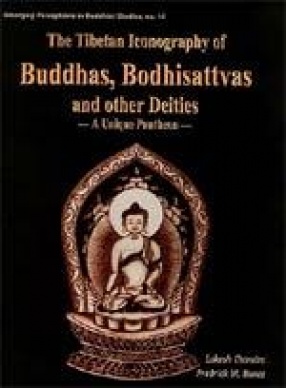
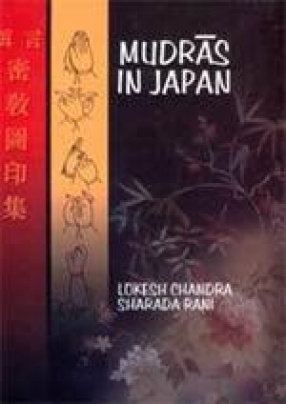
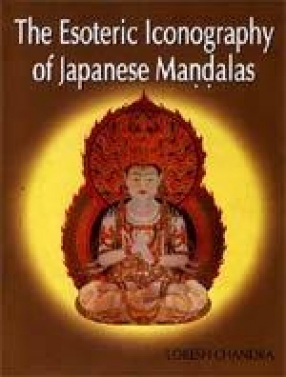

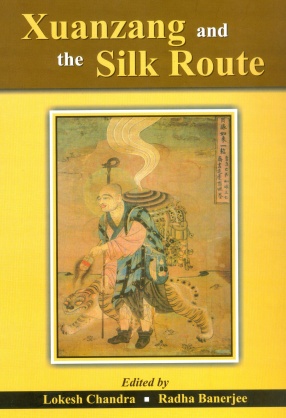
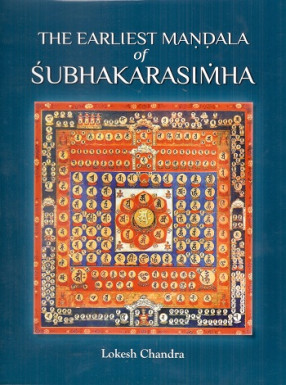
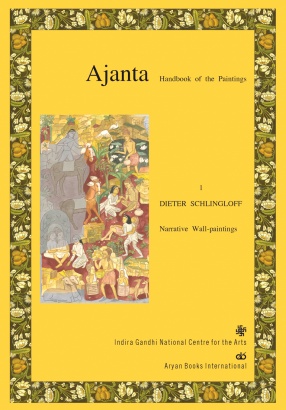
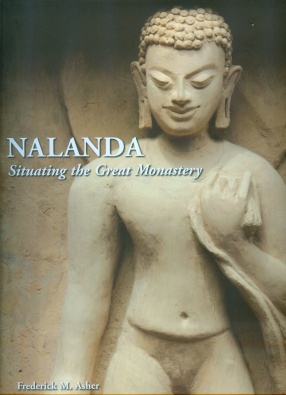

Bibliographic information
Tags